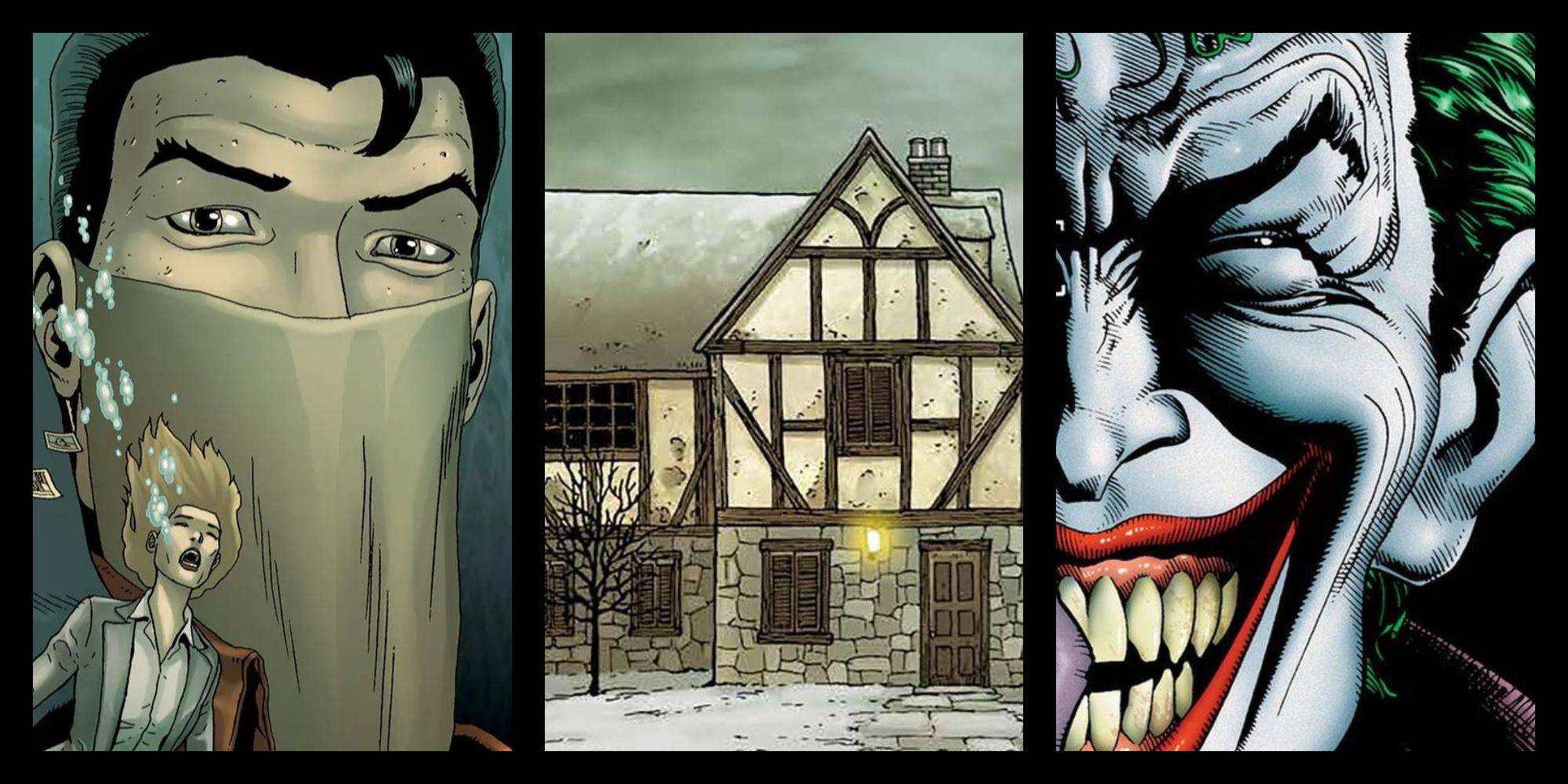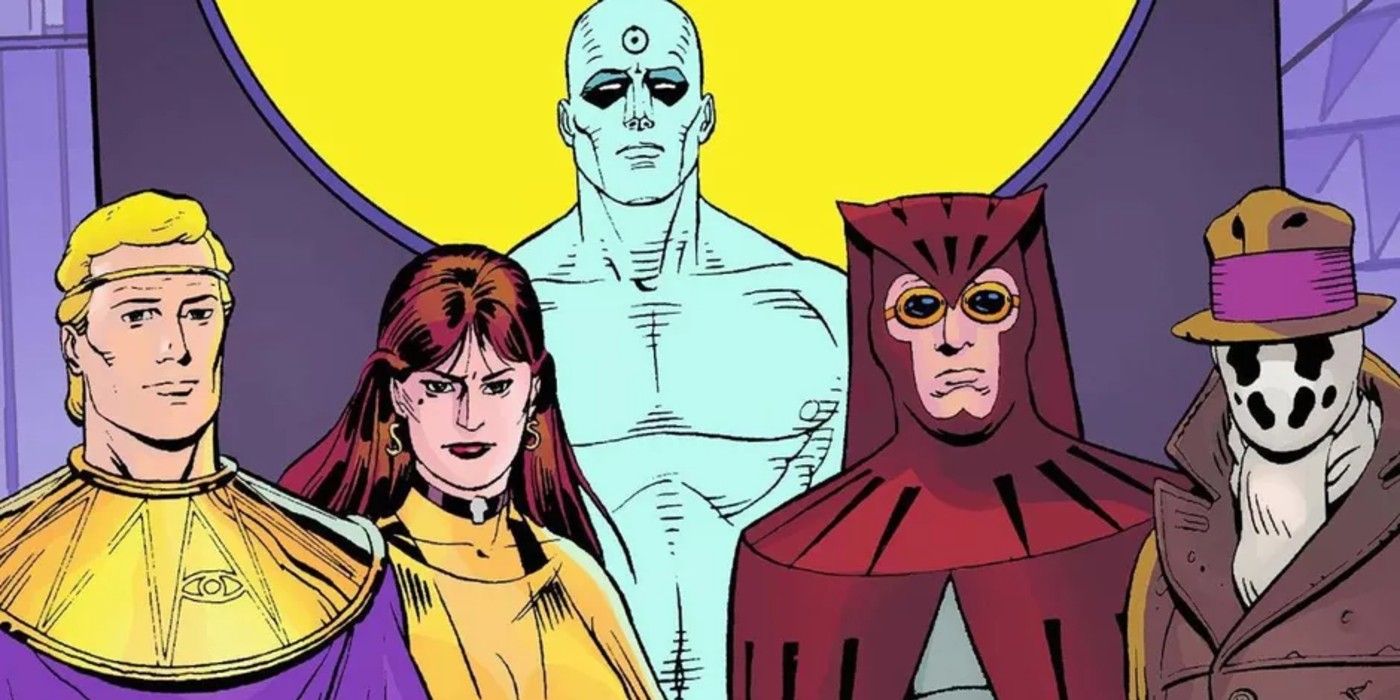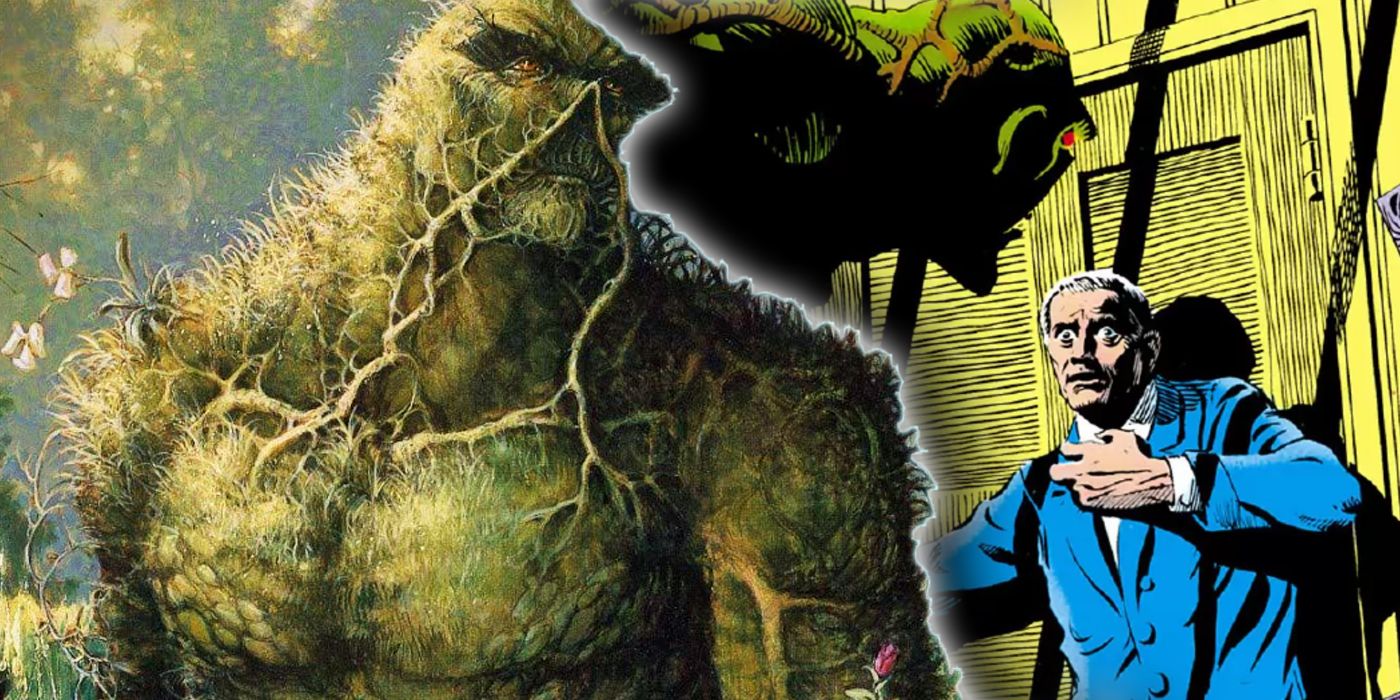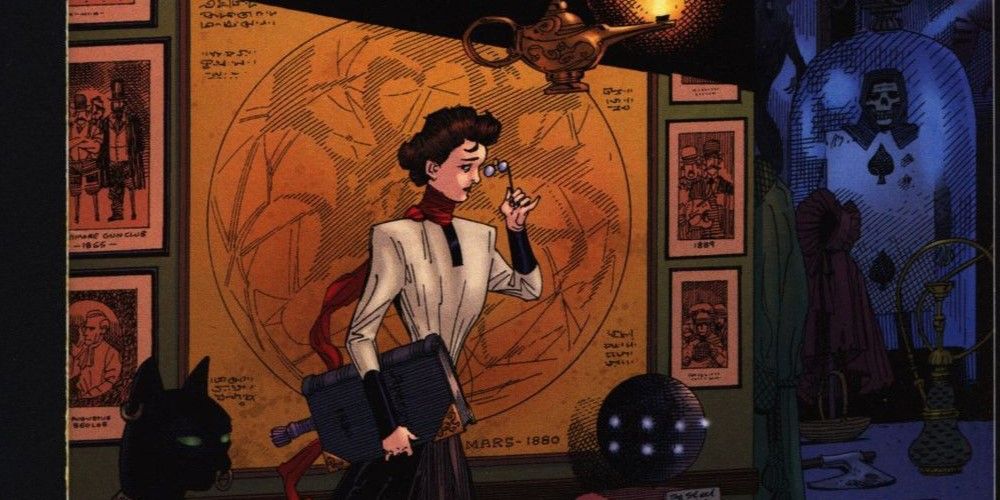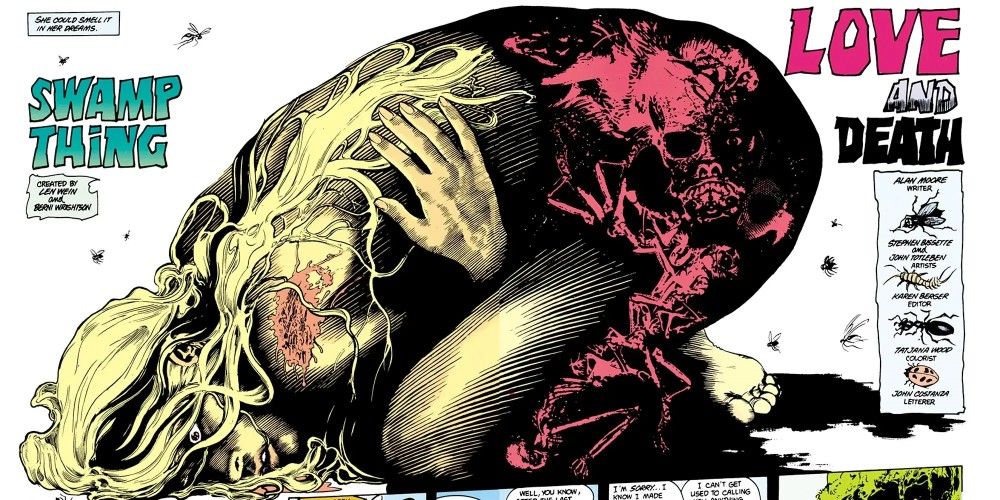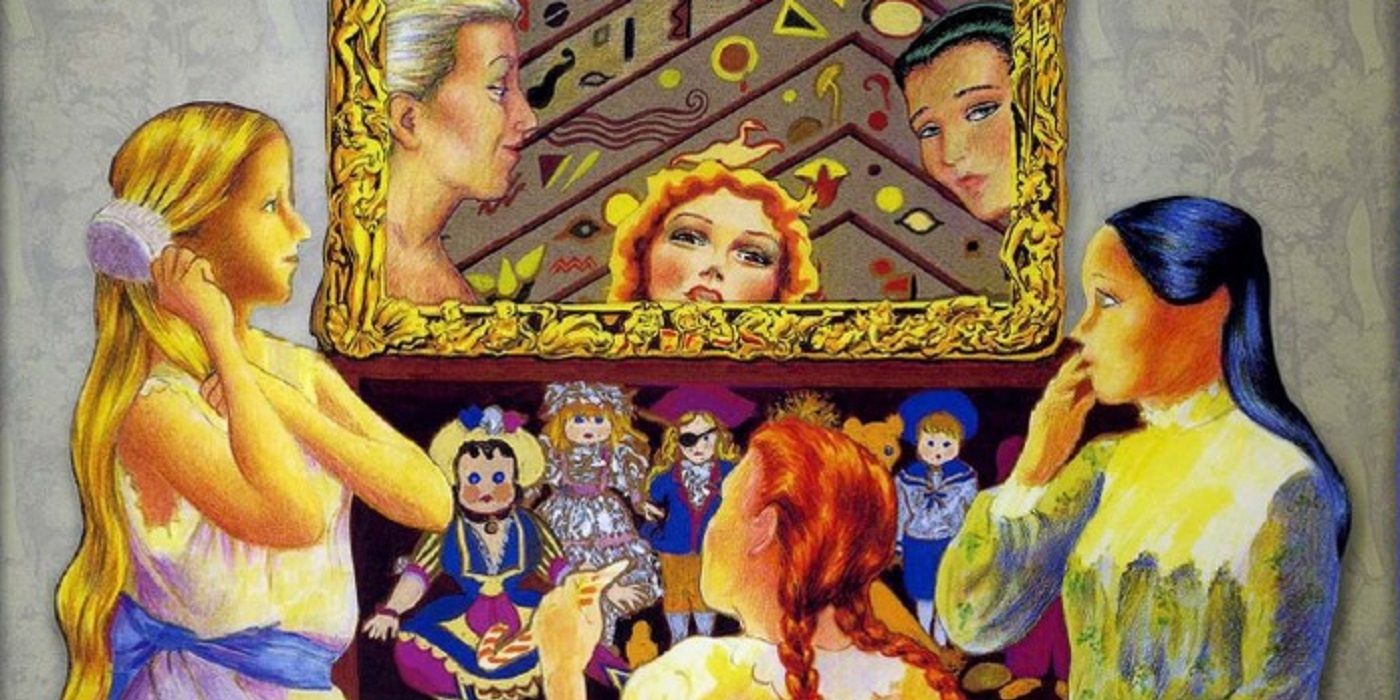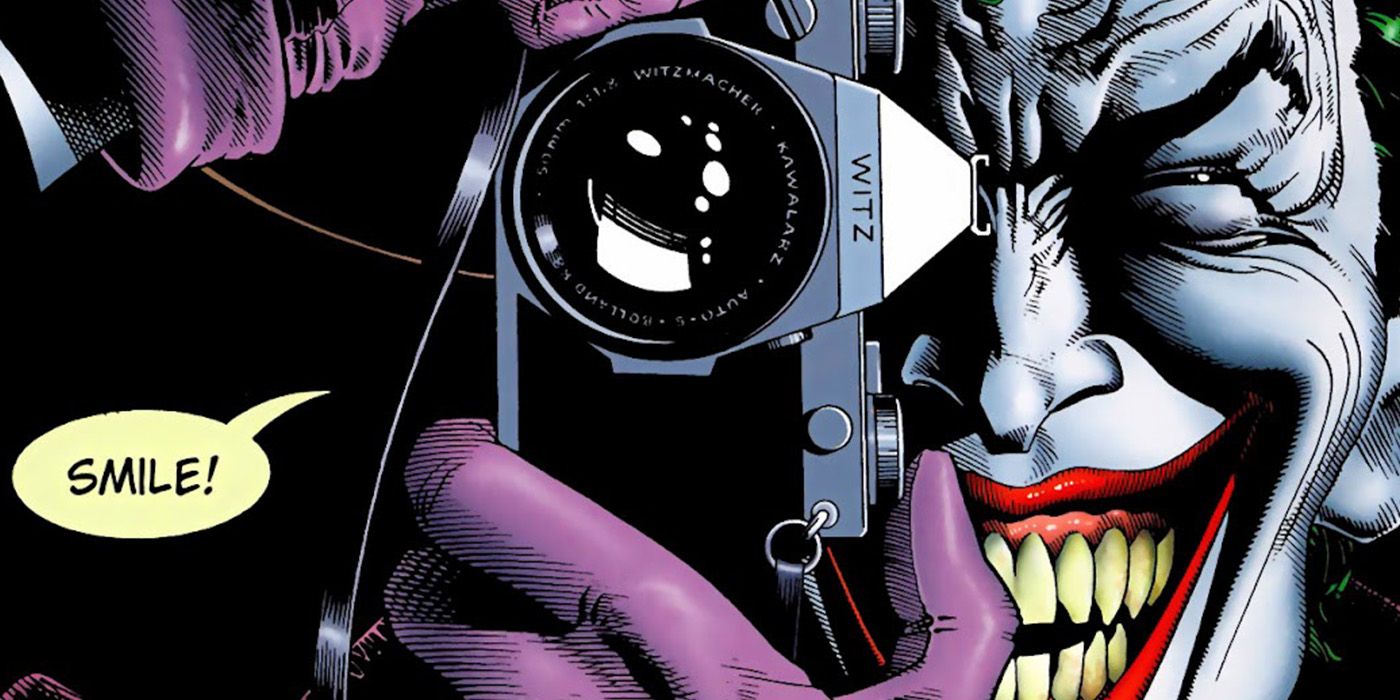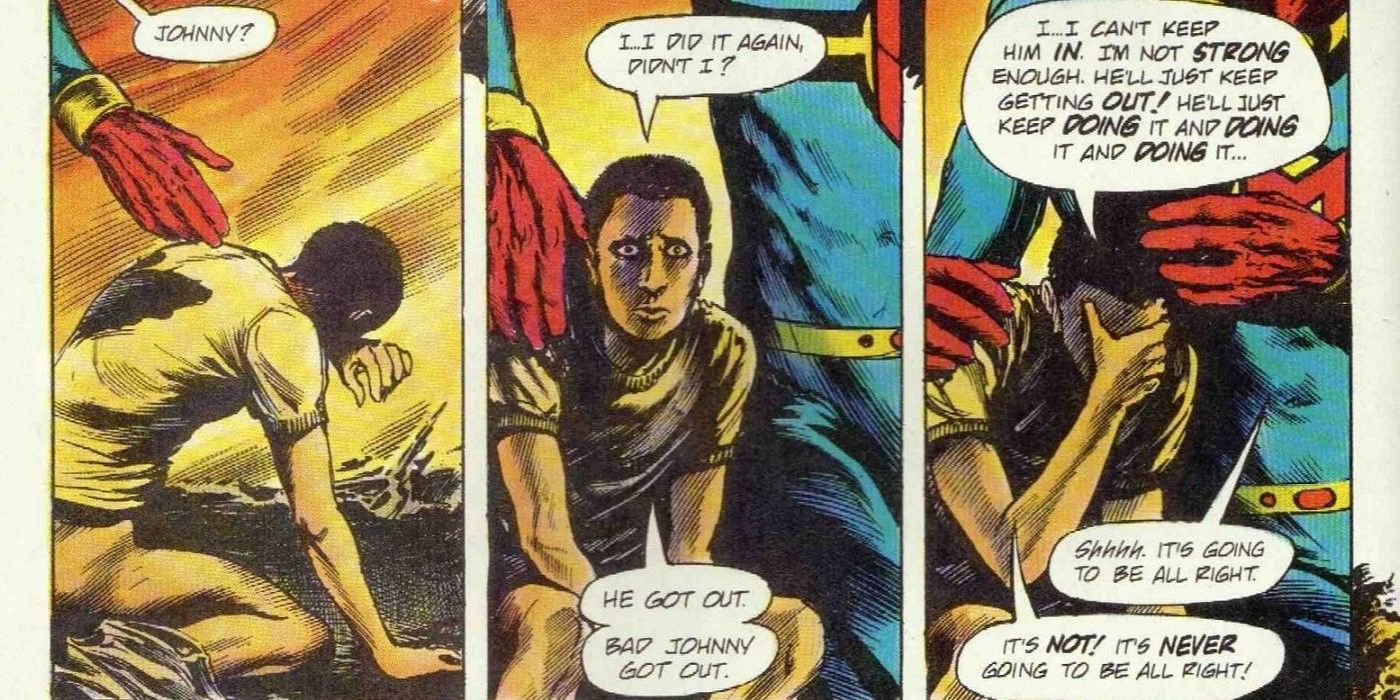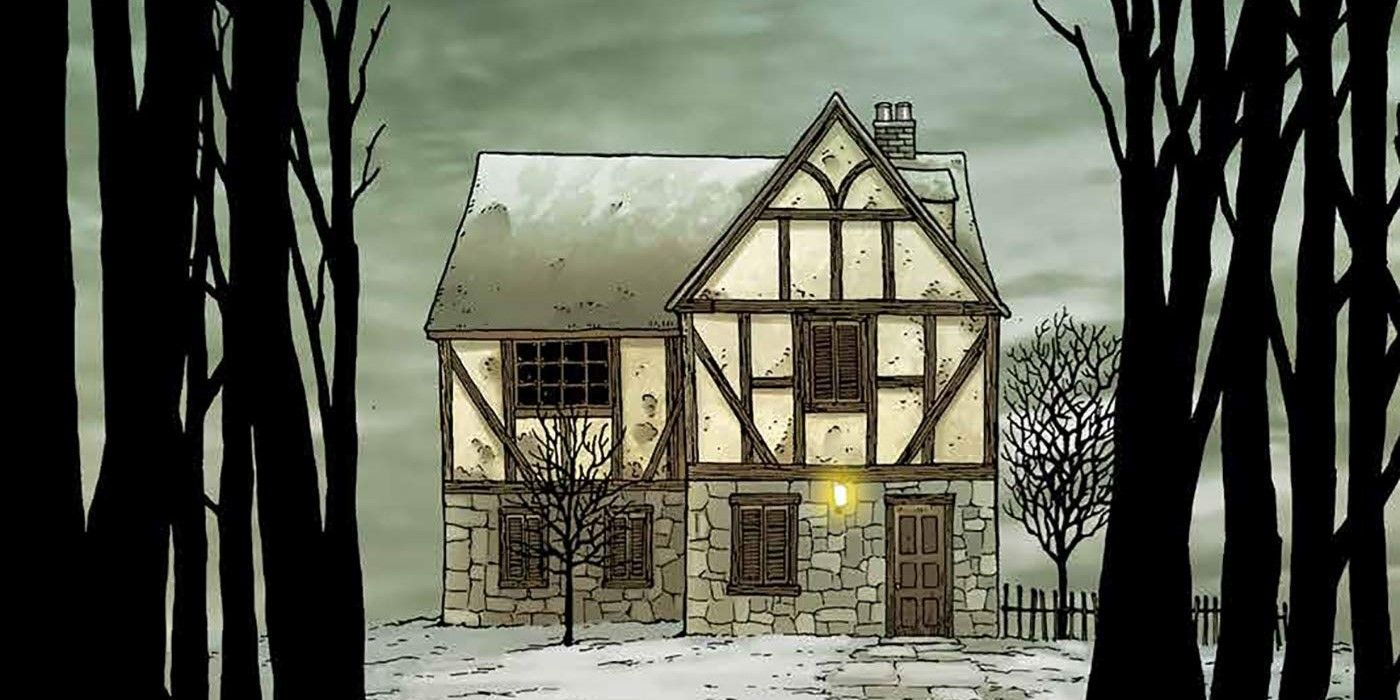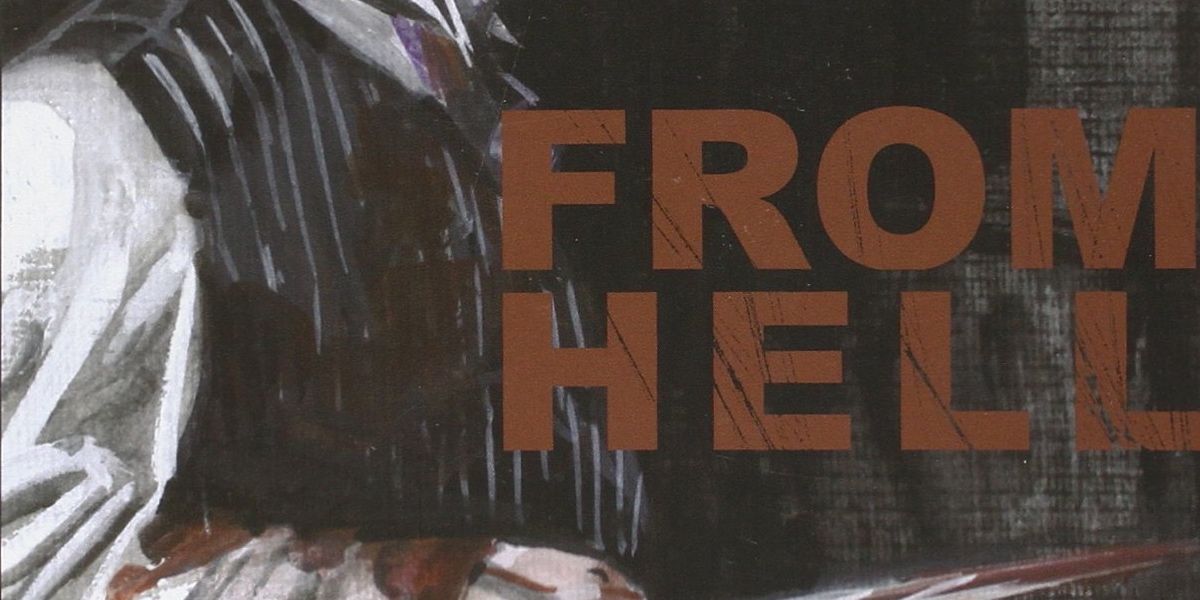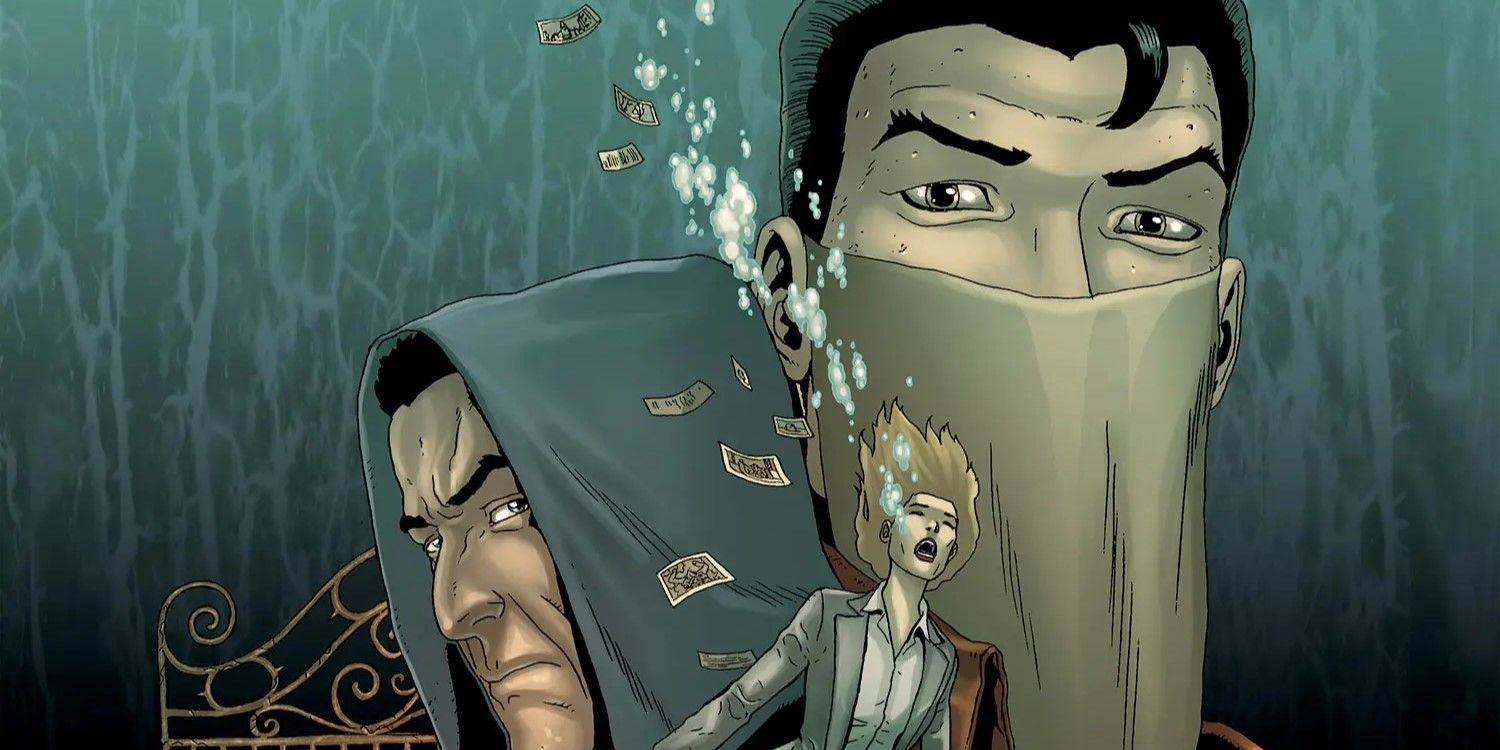Alan Moore is widely considered by fans and critics to be one of the best comic book writers of all time. His work revolutionized DC Comics in the 1980s and influenced a generation of creators. His comics have been adapted into numerous films and TV shows, few of which manage to capture the obsessive details and complicated characters of Moore's work.
However, while Moore's exploration of humanity's depraved depths may have produced some of his best work, he is also subject to criticism for his unflinching portrayal of upsetting subjects. The degree to which his work is disturbing varies from book to book, but he is unmistakably a writer whose output should always come with a warning.
This article discusses sexual assault
10 Watchmen Is About Real Nuclear Paranoia
Watchmen is a seminal work and Moore's most well-known comic. In 2005, it was included in Time magazine's 100 best novels from 1923 onward. It was the only graphic novel included on the list, but its inclusion is seen as a pivotal moment for comic books and their cultural value as works of art.
Watchmen, which features art by Dave Gibbons, has seen so many imitators and attempted reimaginings that its contents may seem less transgressive now than in 1986. However, the themes of sexual assault, societal collapse, nihilism, and nuclear apocalypse are still potent to this day. Anyone who reads Watchmen may find themselves online checking the real Doomsday Clock.
9 "The Anatomy Lesson" Is Existential Horror
Moore's The Saga of the Swamp Thing is the definitive take on the character. The run was filled with psychedelic sequences, disturbing violence, and a winning mix of romance and horror. The issue that truly redefined the Swamp Thing character is issue #21, "The Anatomy Lesson," with art by Steve Bissette.
What makes this story so disturbing is its cold reduction of Swamp Thing into a system of plant-like organs and limbs. The story reveals that Swamp Thing is not a human turned into a monster; he is a monster who absorbed the memories and feelings of Alec Holland and believes itself to be human. The terrible revelation causes Swamp Thing to go on a murderous rampage before suffering a mental breakdown.
8 The League Of Extraordinary Gentlemen Vol. 2 Is A Dark Turning Point
The first volume of Moore and artist Kevin O'Neill's The League of Extraordinary Gentlemen certainly had its fair share of brutal violence and a particularly troubling sexual assault subplot, but for the most part, it was a rollicking, tongue-in-cheek adventure about a Victorian-era superhero team. In the second volume, however, Moore killed off several characters and put the rest of them through so much hell that the team was irreparably dissolved.
Volume 2 featured the sexual assault and murder of the Invisible Man by Mr. Hyde, the traumatic beating of Mina Murray, and countless painful deaths at the hands of H.G. Wells' War of the Worlds aliens. The volume was such a grim pivot into darkness that it felt like a different series.
7 "Love And Death" Is Transgressive Horror
If there is a point at which Swamp Thing definitively became a comic for mature readers, it was issue 29, "Love and Death." As is the case with many of Moore's darker stories, "Love and Death" is mostly about sexual assault and its aftermath.
In the story, with art by Bissette, Abby Cable, Swamp Thing's primary love interest throughout the rest of the Moore run, learns that her husband is dead, and his body has been possessed by her supervillain uncle, Anton Arcane. The revelation breaks Abby, since she has just recently slept with the man she thought was her husband. She burns her clothes and washes her skin with a steel brush.
6 Lost Girls Is Morally Questionable Erotica
Despite being one of Moore's less serious works, Lost Girls is almost certainly his most notorious. The book, with art by Melinda Gebbie, is about three heroines from classic children's literature—Wendy Darling, Alice Fairchild, and Dorothy Gale—telling each other erotic stories of their past.
The sex sequences are incredibly graphic. Moore himself calls the book "pornography." The uncensored sex is not what makes the book disturbing, however. The book is disturbing for how many of those scenes involve minors. Some readers hand-wave the issue since the scenes are largely depicted as fables about sexual awakening, but the imagery is nonetheless too disturbing for many readers.
5 The Killing Joke Disrespects Batgirl
The Killing Joke has not aged as well as much of Moore's work. Once considered a definitive Joker storyline, critics have reevaluated the story in recent years and found its treatment of Barbara Gordon so tasteless that it taints the rest of the story. Alan Moore himself seems to agree, calling the book "too violent and sexualized" and "a regrettable misstep."
That said, The Killing Joke, with art by Brian Bolland, still stands as an influential Batman story that helped define the Joker as Batman's most terrifying enemy. As a story about a man turned monster by "one bad day," it's one of Batman's best psychological thrillers.
4 A Child Destroyed London In Miracleman
Miracleman, originally known as Marvelman, was an offbeat but fairly sanitary character created in 1954 by Mick Anglo. The original run ended in 1963. Almost twenty years later, Alan Moore revived the character for a grim, post-modern series.
The most disturbing story in the run is the story of Kid Marvelman. In the original run, Kid Marvelman was a generic sidekick to Marvelman, but in Moore's reboot, Kid Marvelman grew up to be a villain with god-like powers. Miraclelman was able to turn Kid Marvelman back into his alter ego, a young boy named Johnny. But when Johnny was almost raped by a gang of older boys in a group home, Kid Marvelman took over, killed the older boys, and destroyed London. The art by John Totleben brings the horrors of the story to life in a truly disturbing fashion.
3 Providence Is A Lovecraftian Chiller
Fans of Lovecraft Country would likely also enjoy Providence, if they can stomach its nastiest elements. With art by Jacen Burrows, Providence follows a writer on a road trip in which he discovers the horrible truth of H.P. Lovecraft's works: they are based on real places and things, and they foretell an apocalypse that will reshape reality itself.
Providence is also one of Moore's most nihilistic works. The core theme is that the world is doomed to destruction by cosmic beings, and there is nothing the protagonist can do about it. The hero is sexually assaulted by an Eldritch abomination, nearly eaten by ghouls, and ultimately learns of his own role in the coming apocalypse. Readers hoping for a happy ending should prepare for disappointment.
2 From Hell Is A Coldly Realistic Look At Murder
Few comics can portray murder with the same cold, detached realism as From Hell, which is what makes From Hell such a memorable horror story. The book is a speculative recounting of the story of Jack the Ripper, the serial killer who haunted Whitechapel in 1888.
From Hell uses as a basis the theory that Jack the Ripper was Queen Victoria's royal physician, William Gull. Gull's sadistic murders are drawn mostly from his first-person perspective. Artist Eddie Campbell illustrates the organs and gore with clinical detail while Moore's script gives readers a glimpse into the dark mind of a cold-blooded killer. Largely considered one of Moore's best works, From Hell is nevertheless a difficult read for many.
1 Neonomicon Is Almost Unreadable
Alan Moore's work is famous for its brutality, but even the most seasoned reader of Moore's books might find Neonomicon too gruesome to finish. The book segues so casually from being a slightly supernatural detective story to being a graphic, unrelenting portrayal of sexual assault that readers might not notice the transition until it's already happened.
Teaming up with Jacen Burrows again, Moore's goal with Neonomicon was to make explicit the sickening sexual rituals that H.P. Lovecraft only ever hinted at in his stories. The main character is a female detective who is imprisoned by a cult and assaulted repeatedly for days by an alien being. Even Moore is quoted as saying he "may have gone too far" with this book.

